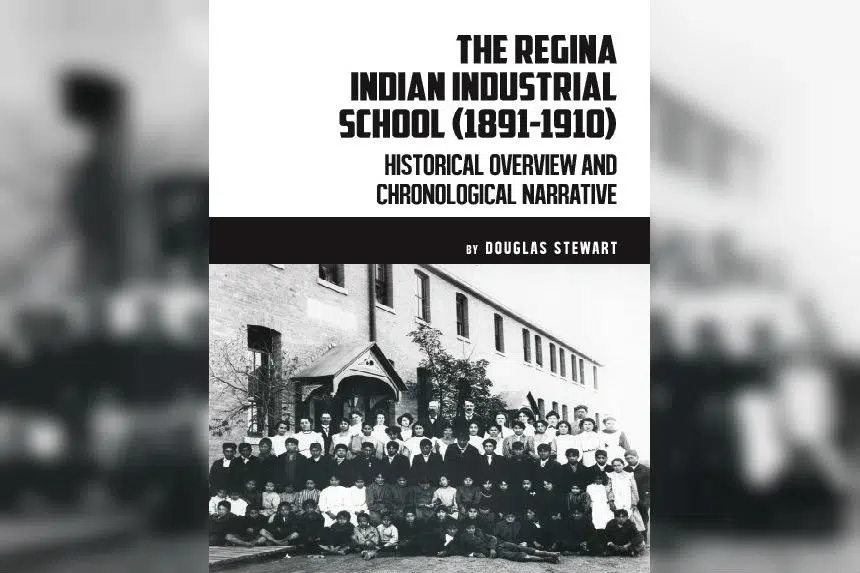Residential schools are a dark chapter in Canada’s history.
The idea was to create a set of boarding schools to teach skills and trades to young First Nations peoples. Unfortunately, the ultimate goal was assimilation.
We often hear stories about residential schools, but there’s one not many people may know about, and it hits close to home.
The Regina Indian Industrial School is the topic of a new book written by Douglas Stewart.
Stewart joined the Gormley show on Oct. 19 to talk about his book: The Regina Indian Industrial School (1891-1910): Historical Overview and Chronological Narrative.
Stewart said this school was, in many respects, one of the first schools in the wave of what became known as residential schools.
He recently became involved with the Regina Indian Industrial School Commemorative Association. The group wanted to do something about commemorating and respecting the small cemetery that was at the school.
“I asked myself, back at the time, what contribution could I make to this group and this association, and I decided maybe I could delve into the archival records and see what one can find out about the school since it wasn’t a well known school,” Stewart said.
The school may have only operated for 19-years, but residential schools lasted much longer.
Stewart said after the first principal of the Regina school died and another came along, the school started deteriorating in terms of safety, health conditions and enrollment.
“It grew fairly large deficits, it got a reputation during the period of the second principal of not being a safe place, especially for girls. It was a combination of a number of factors that more or less came to a head which certainly shorting the life span of the school,” Stewart explained.
Piecing together the story, Stewart said he’d get bits and pieces scattered throughout several different archival holdings, including from Library and Archives Canada which is located in Ottawa.
Residential schools were run by churches so Stewart had to go digging into church archives based in Toronto and in Saskatchewan as well.
“It involves a great deal of piecing together a narrative from here, there and everywhere,” he said
Sadly, the only thing that remains of the school is it’s cemetery. The cemetery is located on the western outskirts of Regina on Pinkie Road. Stewart said it sits in an open field on private property.
Death is one of the topics Stewart looks at in his book. One of the main causes of death was from contracting tuberculosis.
Stewart said the stunning number of deaths shocked him.
“Of course I realize there would be deaths at the school, but I had no idea the rate of death would be as significantly high as they are. By 1897-98 at this school was 21 per cent, that death rate did decline slightly over the remaining years of the schools’ operation,” he explained.
By the time the school closed in 1910, the overall death rate was 19 to 20 per cent.
“We know at least 500 students were sent to that school, so 20 per cent of 500, that’s 100 students, that’s quite a shocking stat,” Stewart said.
The schools’ cemetery doesn’t have any disguising markers, memorials or headstones, something the commemorative association is trying to change.
“At the moment, all that you will see is a white rail fence enclosing the cemetery plot and there’s only one grave marker in the entire cemetery. The original wooden crosses that were there were destroyed in a prairie fire years and years ago,” Stewart explained.
There is one stone marker on the site. Stewart said it marks the spot where two or three children are buried who died under the first principal.
“Our plans to mount markers and signs indicating the cemetery now has a provincial heritage status and a municipal status, but at the moment there are no signs to indicate that,” Stewart said.
The Regina Indian Industrial School (1891-1910): Historical Overview and Chronological Narrative can be found at any major bookstore, the University of Regina bookstore or online through Benchmark Press.







